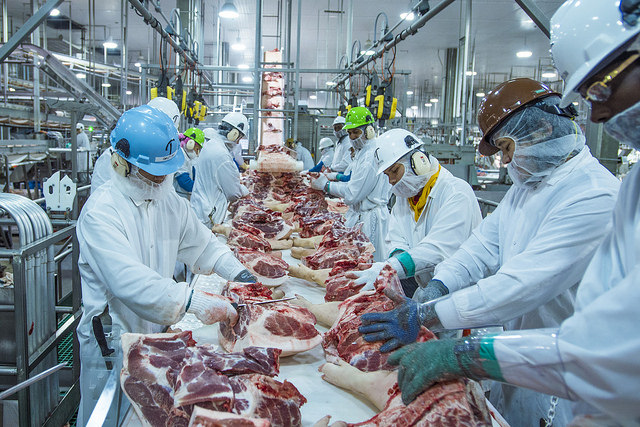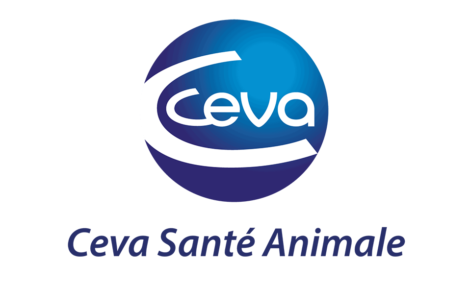



CoBank's 2022 The Year Ahead report: Labor and supply chains to improve, inflation might not
CoBank says the US economy is poised to slow in 2022 relative to 2021, but it will still grow at a well above average rate.

Consumers have powered the recovery since mid-2020 and that will remain the case in the coming year. Households accumulated more than $2.5 trillion of excess savings in the COVID-19 pandemic, and that sum is enabling many to delay returning to the labor force, but still spend. However, the average personal saving rate is now back to pre-pandemic levels, and as cash setasides dwindle, we expect that the majority of prime age workers will re-enter the workforce in 2022. More than 2 million workers retired early, though, and most are unlikely to return. The omicron variant is shaping up to be the wild card of early 2022 – it could impact the pace of workers’ return, and delay the rebalancing of the U.S. economy.
The pandemic has seriously altered how our economy functions, with the greatest impact coming from what we consume. Through October, in 2021 Americans spent 18% more on goods than they did in 2019, but spent about 1% less than in 2019 on services.
Compounded by a labor shortage, it’s easy to see why supply chains have become one of the biggest economic challenges of the pandemic: Demand has significantly exceeded the capacity of our existing system. Fortunately, we have likely experienced the worst of the bottlenecks, and they should diminish in the coming year. Note, however, that consumer spending is expected to rise another 4% to 5% in 2022, and if omicron disrupts the services industry, the majority of spending will again go to goods, compounding supply chain and inflation problems. This is not our base case, but it is a real risk to the outlook.


Instead, at this early stage, we expect omicron to have only a modest impact on the economy. A relatively weak Q1 could trim full-year GDP by 0.2 to 0.5 percentage points, but much of the lost economic activity should be deferred to later months, similar to 2021. In total, we project GDP to grow by roughly 4.5% on the year. Business investment will remain strong (4% growth) as companies catch up on inventory and transition their focus to increasing productive capacity for the future.
For most consumers and businesses, a key focus in 2022 will be tackling the effects of inflation. Operating and input costs will remain high for businesses in early 2022, and they will continue to look for ways to pass on those costs to consumers. Core consumer prices (excluding food and energy) have risen about 3.5% in 2021, and there is little evidence of relief coming in the year ahead. After decades of steady, roughly 2% annual inflation, Americans may have to get used to inflation being closer to 3% for the foreseeable future.








